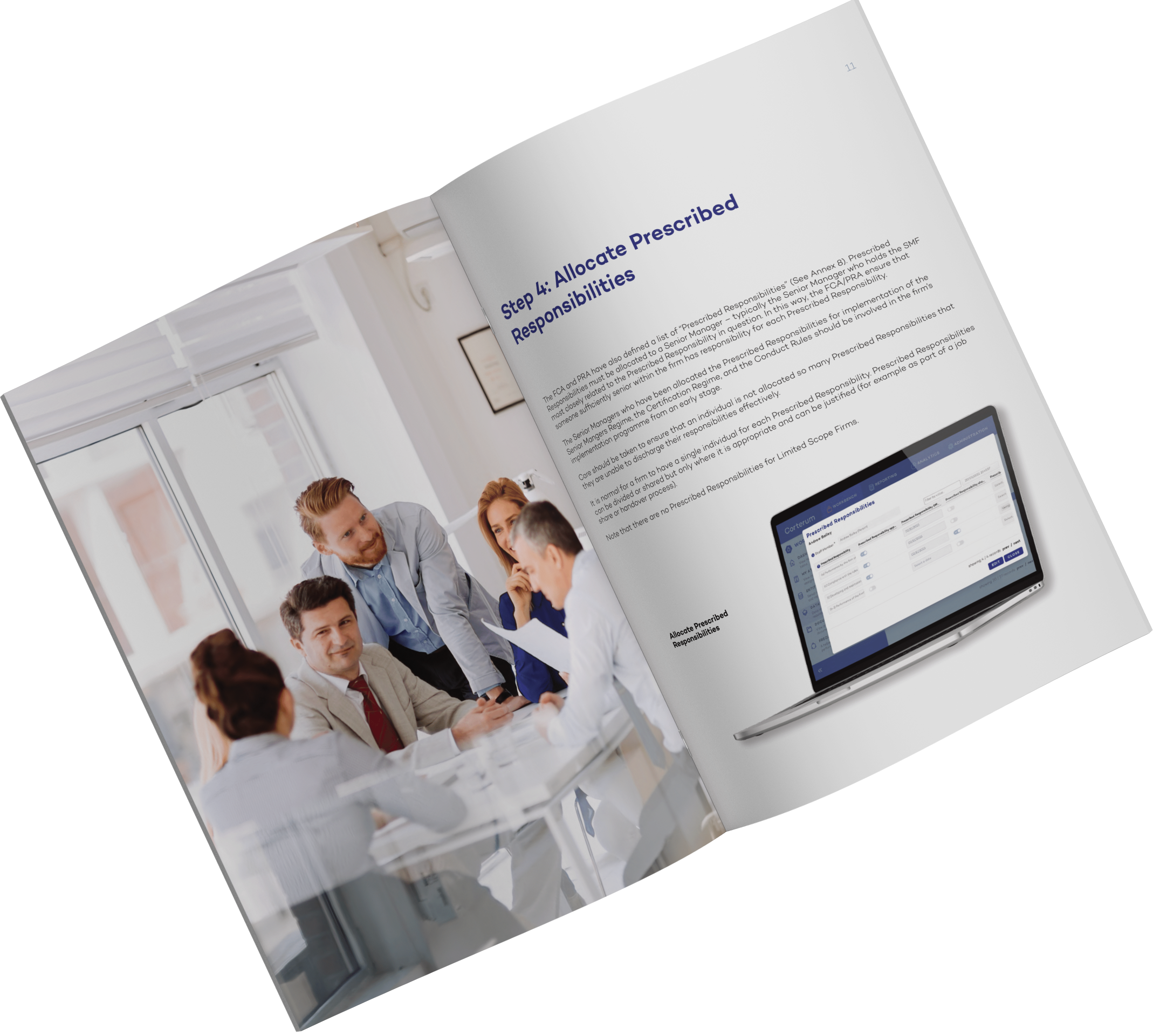Why is fit and proper testing required? There are a number of regulatory drivers:
- First, the FCA has the power under Section 56(1) of the Financial Services and Markets Act 2000 to make a prohibition order if it appears to it that an individual is not a fit and proper person to perform functions relating to a regulated activity carried on by an authorised firm, exempt firm (such as an appointed representative) or exempt professional firm.
- The PRA has a similar power under Section 56(1A).
- Firms and individuals need to be aware that it is a criminal offence under Section 56(4) of the Financial Services and Markets Act 2000 to perform or agree to perform a function in breach of a prohibition order.
- The Financial Services Register contains a list of prohibited individuals, and firms are expected to check this before making applications for approval under section 59 of the Financial Services and Markets Act 2000.
- Next, under section 60A(1) of the Financial Services and Markets Act 2000, BEFORE a firm makes an application for FCA approval of the appointment of a Senior Manager the FIRM must be satisfied that the candidate is a fit and proper person to perform that function.[1]
- The FCA may want to discuss a candidate’s fitness and propriety during the application process, so be prepared.[2]
- Next, under section 61(1) of the Financial Services and Markets Act 2000, the FCA may grant an application for approval to act as a Senior Manager ONLY if IT is satisfied that the candidate is fit and proper to perform his or her role.[3]
- Next, there is an obligation under section 63(2A) of the Financial Services and Markets Act 2000 for all firms to monitor – at least once per year – whether there are any grounds on which a regulator could withdraw the approval given to a Senior Manager. In other words, firms must monitor whether their Senior Managers remain fit and proper to perform their role. If this is no longer the case, the firm must notify the FCA.[4]
- Next, under section 63(1) of the Financial Services and Markets Act 2000, the FCA may withdraw an approval to perform a senior management function if it considers that the relevant person is not fit and proper to perform the function.[5]
- Next, under Section 63E(1) of the Financial Services and Markets Act 2000, a firm must take reasonable care to ensure that no employee performs a Certification Function, unless the employee has a valid ‘fit and proper’ certificate issued by the firm.[6]
- Finally, under section 63F of the Financial Services and Markets Act 2000, a firm may issue a certificate to a person to perform a certification function ONLY if it is satisfied that the person is a fit and proper person to perform that function.[7]
Supporting and supplementing the primary legislative obligations regarding fit and proper testing which are specified under the Financial Services and Markets Act, the FCA has also implemented a number of secondary requirements regarding fit and proper testing. These can be found in the “FIT” chapter of the FCA Handbook.[8]
[1] FIT 1.2.-1G
[2] FIT 1.3.5G
[3] FIT 1.2.1G
[4] FIT 1.3.4AG
[5] FIT 1.2.3AG
[6] SYSC 27.2.3G
[7] FIT 1.2.1AG and SYSC 27.2.4G
[8] https://www.handbook.fca.org.uk/handbook/FIT/1/?view=chapter
